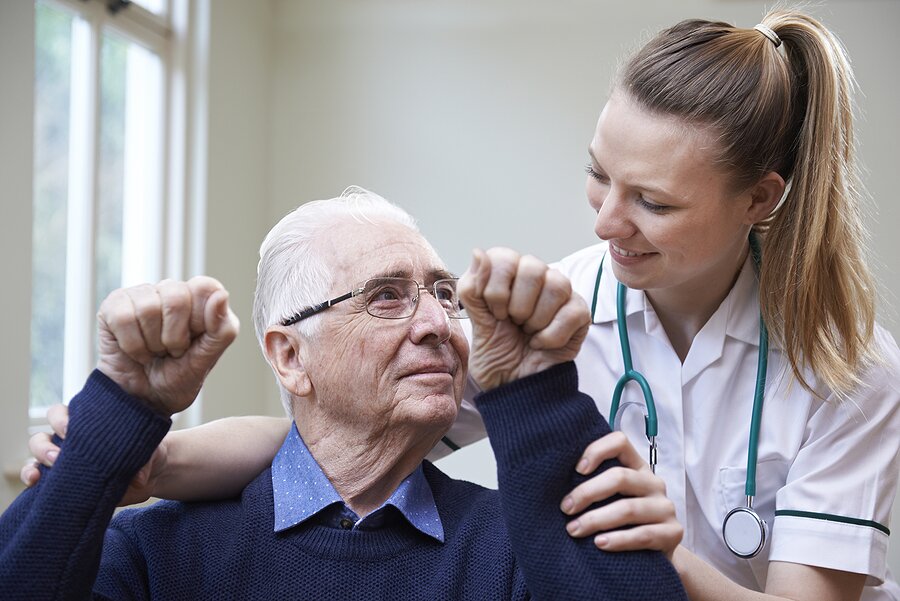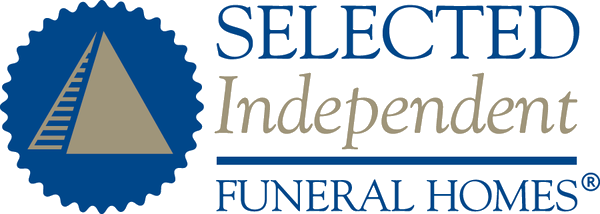Identifying Signs of A Stroke
Stroke is a leading cause of death in the US, killing 1 person in America every 3.5 minutes. The risk of stroke can increase as you age. For the safety of you and your loved ones, it is important to know the signs of a stroke, so that you can act quickly in the event of one.
What is a Stroke?
A stroke is a sudden interruption of blood flow to the brain. Generally, most strokes are caused by a blockage in the arteries from the heart to the brain. However, there are other potential causes, depending on the type of stroke. A stroke will often happen rapidly, and medical help is required as soon as possible. Acting quickly in the event of a stroke can make a big difference. On average, those who receive emergency care within 3 hours of having a stroke will have a better overall outcome than those who don’t.
Signs of A Stroke: FAST
One of the most accepted methods of identification for a stroke is known as FAST; which stands for Face drooping, Arm weakness, Speech, and Time to call. FAST is used by the National Stroke Association and the American Heart Association.
Face Drooping
During and after a stroke, you may notice drooping in the face. It is common for this drooping to affect only one side of the face, but it could affect both. They may experience numbness in their face. One way to be sure is to ask the person to smile. Someone suffering from a stroke may not be able to lift both sides of their mouth into a smile.
Arm Weakness
One arm (on the same side as the facial droop) may weaken or become numb. Ask the individual to raise their arms. The arm on the affected side may drift downward, or may not move as well. In some cases, they may not be able to lift the affected arm at all.
Speech
The individual’s speech may become slurred and/or difficult to understand. Ask the individual to repeat a simple phrase. Garbled or slurred speech when repeating the phrase should be a red flag.
Time to Call
Call 911 immediately. Even if the signs fade over time, it is best to call for emergency services. If possible, note the time that you notice the symptoms starting, so that the first responders and doctors have an accurate account of when the stroke occurred.
Types of Stroke
There are three types of stroke. While the main signs and symptoms remain the same, the severity of the stroke can differ. A medical professional will be able to determine the type of stroke an individual had with proper testing and evaluation. Medical attention is needed regardless of the type of stroke.
Ischemic Stroke
This is the most common type of stroke. About 80% of all strokes are Ischemic Strokes. This type of stroke occurs when a clot or other blockage prevents blood flow through an artery to the brain. This blockage can cause brain cells to die as they cannot get oxygen or other nutrients. Bad cholesterol is a common cause of Ischemic Stroke because cholesterol deposition can narrow the arteries.
Transient Ischemic Attacks
A Transient Ischemic Attack (TIA) is a subtype of Ischemic Stroke. But, there is a difference between the two. A TIA occurs when a temporary block in the arteries causes a stroke. This is generally a warning sign that the artery is not clear. A bigger, more deadly Ischemic Stroke may occur if improvements are not made to reduce risks.
Intracerebral Hemorrhage
An Intracerebral Hemorrhage means that a brain artery has ruptured. This causes blood to compress the brain’s structures as it flows. As blood leaks inside the brain, the pressure will continue to build. The pressure, combined with internal bleeding, can be a seriously dangerous combination. This condition can lead to unconsciousness or even death. High Blood Pressure (Hypertension) is the most common cause of this.
Subarachnoid Hemorrhage
This type of hemorrhagic stroke occurs when an artery ruptures in the space around the brain. This can cause immediate and intense headaches, nausea, and vomiting. This type is most often caused by abnormalities of the arteries at the base of the brain. This is also known as a cerebral aneurysm. The cause of cerebral aneurysms is not fully known but they can occur at any age.
Additional Stroke Symptoms
There are many other common stroke symptoms, but they are often not as easily identifiable of stroke as those in the FAST model. Dizziness and overall loss of balance or coordination can be common. Numbness, especially along one side of the body, is one of the first signs the victim may notice themselves. Blurred vision or trouble seeing can also be a sign of stroke, especially when it occurs in just one eye.
Because strokes happen in the brain, headaches are a common symptom that stroke victims suffer from. Many stroke victims report that these sudden, severe headaches, more painful than they have ever felt.
Matthew Funeral Home does not provide medical or healthcare advice via articles. This material has been prepared for informational purposes only. It is not intended to provide, and should not be relied on for medical advice.
For over 50 years, Matthew Funeral Home has been serving the Staten Island community. We can help with almost every aspect of your loved one’s memorial service. Our family is here to serve yours, every step of the way.
For more information on identifying stroke symptoms, visit the American Stroke Association.
 (718) 761-5544 |
(718) 761-5544 |  matthewfh@matthewfuneralhome.com |
matthewfh@matthewfuneralhome.com |  2508 Victory Boulevard, Staten Island, NY 10314
2508 Victory Boulevard, Staten Island, NY 10314








 matthewfh@matthewfuneralhome.com
matthewfh@matthewfuneralhome.com
Comments